No, this isn’t the sixth planet of the Hoth system.
It’s a B-1B at the McKinley Climatic Laboratory
Military aircraft must operate in a wide variety of settings, including the deserts of the Middle East, the heat and humidity of the tropics, and the cold of the high arctic. The obvious method to test these capabilities is to send planes out into these situations and see what fails, but this is costly and uncertain. Perhaps there is a warm spell in Alaska and the temperature does not drop to the level we need to test at. To circumvent this dilemma, the US Air Force takes its jets to Eglin Air Force Base in the Florida panhandle, where there is a hangar that can imitate practically any weather conditions on Earth.
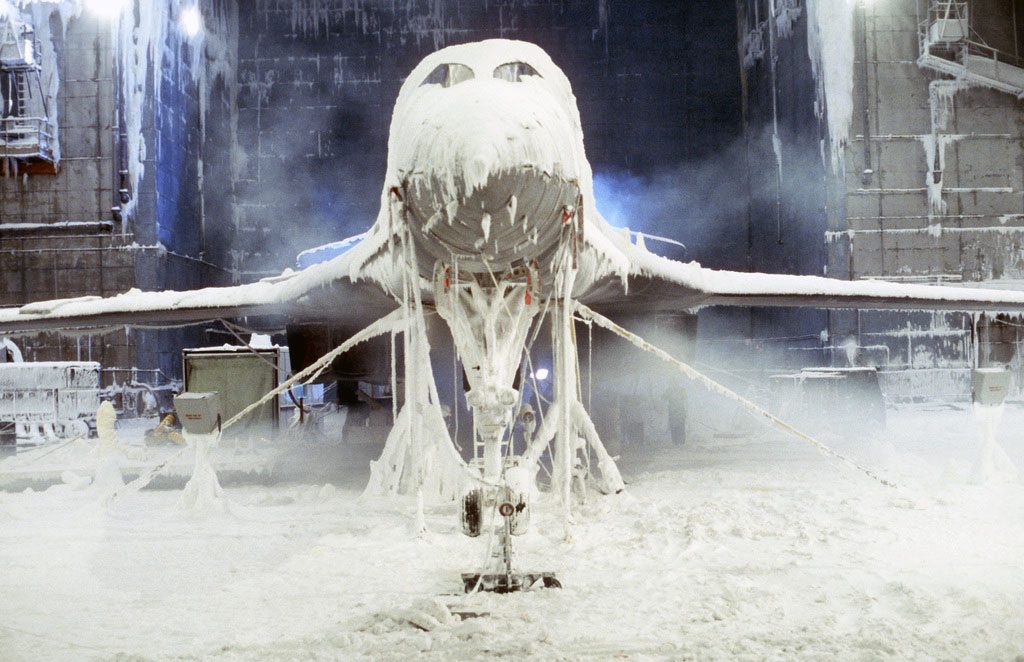
An ice and snow-covered B-1B bomber undergoes simulated arctic weather conditions during environmental testing in the main chamber of the McKinley Climatic Laboratory.
The McKinley Climatic Laboratory’s centerpiece is the Main Test Chamber, a 55,000 square foot hangar capable of housing any aircraft in the US fleet and replicating nearly any weather situation on Earth. Temperatures ranging from -65°F to 165°F can be paired with severe winds, torrential rains, fog, snow, and sun radiation. This is enough to show a wide range of issues in future aircraft, from landing gear that refuses to retract when extremely cold to poorly built access panels that leak when bombarded with wind-blown rain.
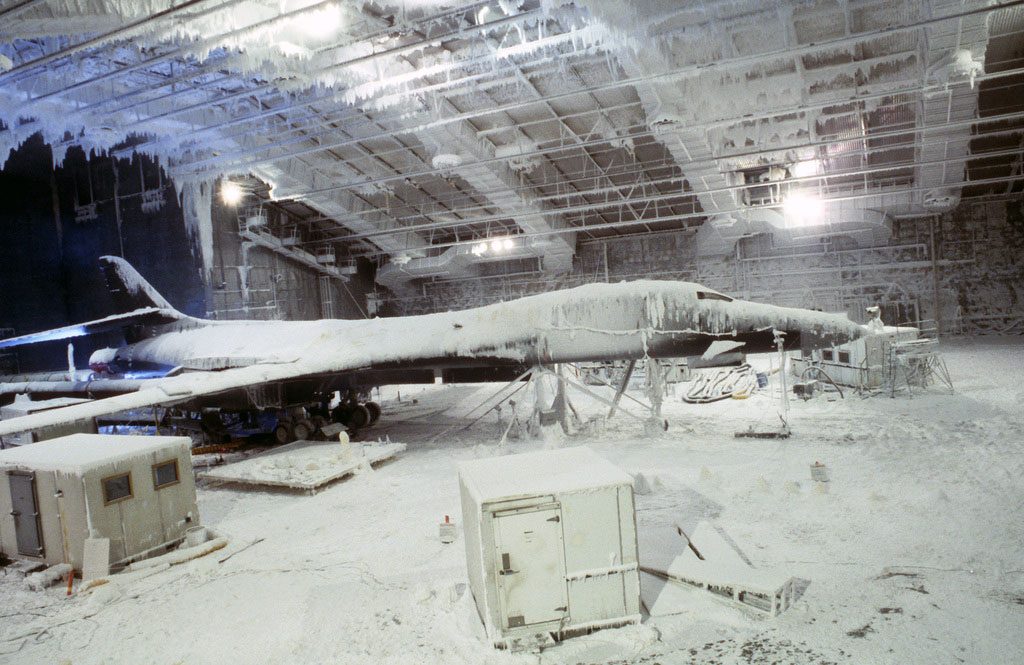
Each of the aircraft’s 15 major systems was treated by extremely hot and cold temperatures while in the chamber.
The climate-control system, which can transform 3 million cubic feet of hangar into whatever atmosphere its operators like, is simple in principle but genuinely astounding in size; nevertheless, the real marvel is the air makeup system, which allows them to operate aircraft engines in the chamber. Obviously, they can’t just turn on the engines and leave them running. Not only would it swiftly deplete all of the oxygen in the chamber, but the temperature would skyrocket and the volume of exhaust gases would far surpass the volume of oxygen consumed, boosting the pressure as well.
The answer is as simple as ducting the exhaust out of the chamber and replacing it with air that has been heated or cooled to the appropriate temperature at the same pace that the engines are using it.
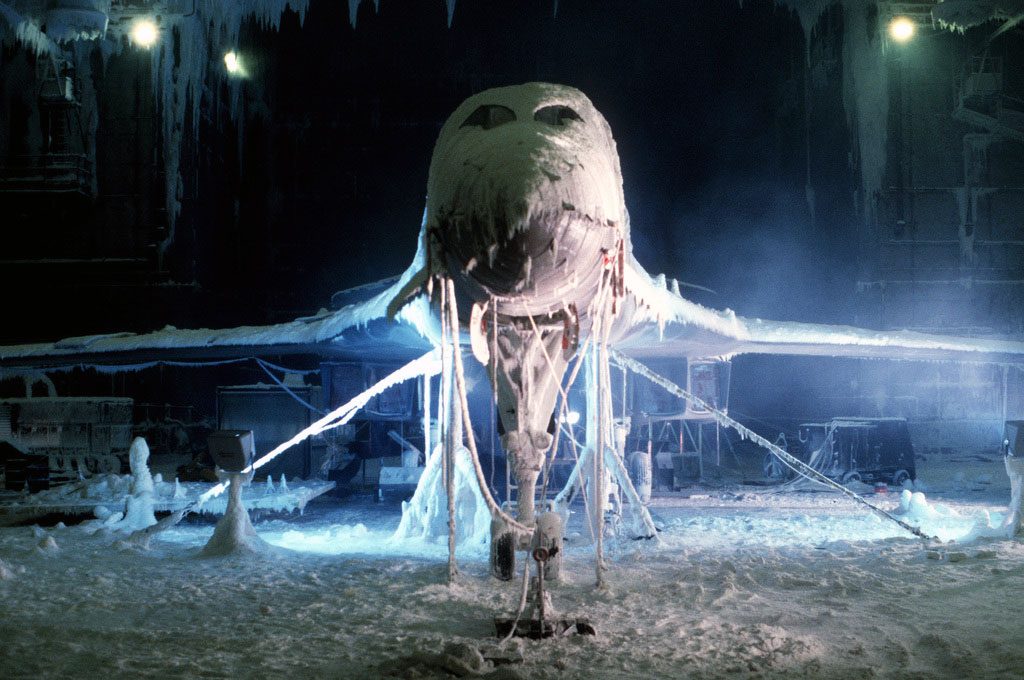
The chamber was cooled to -65 degrees Fahrenheit for the test
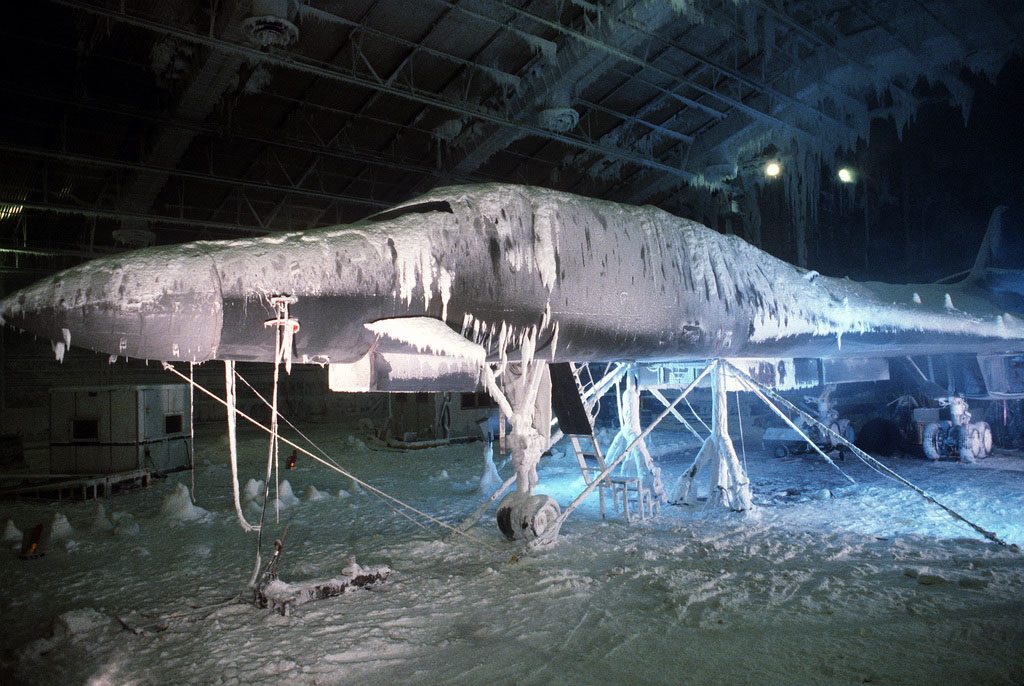
The laboratory is part of the 3246th Test Wing and the Air Force Armament Division.
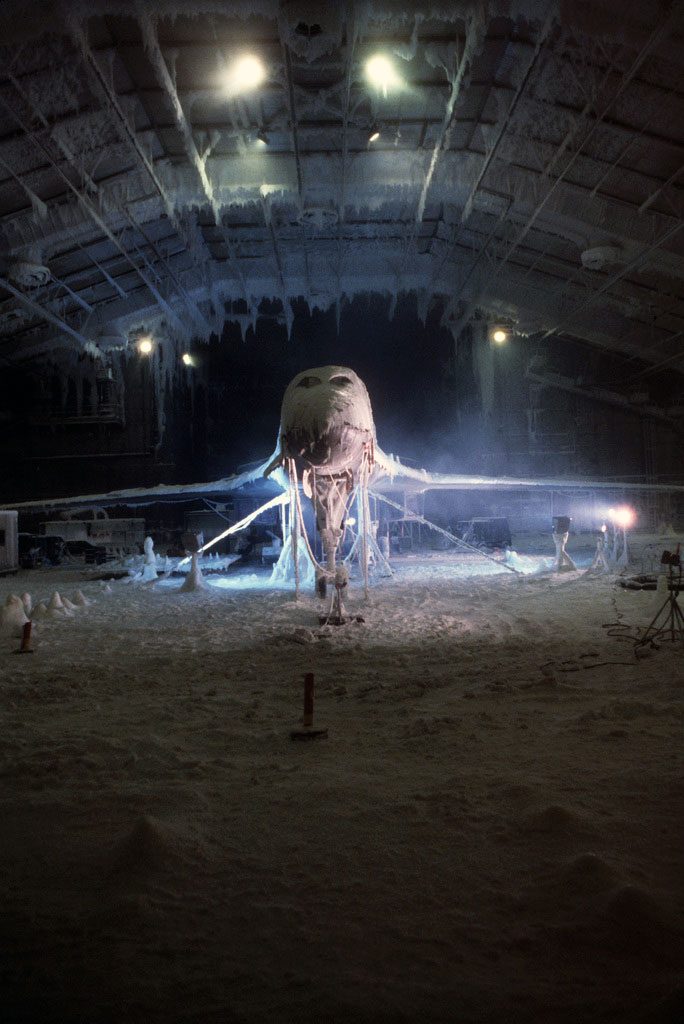









What was the Tail number of this Aircraft?
Did this Aircraft go back into Service?